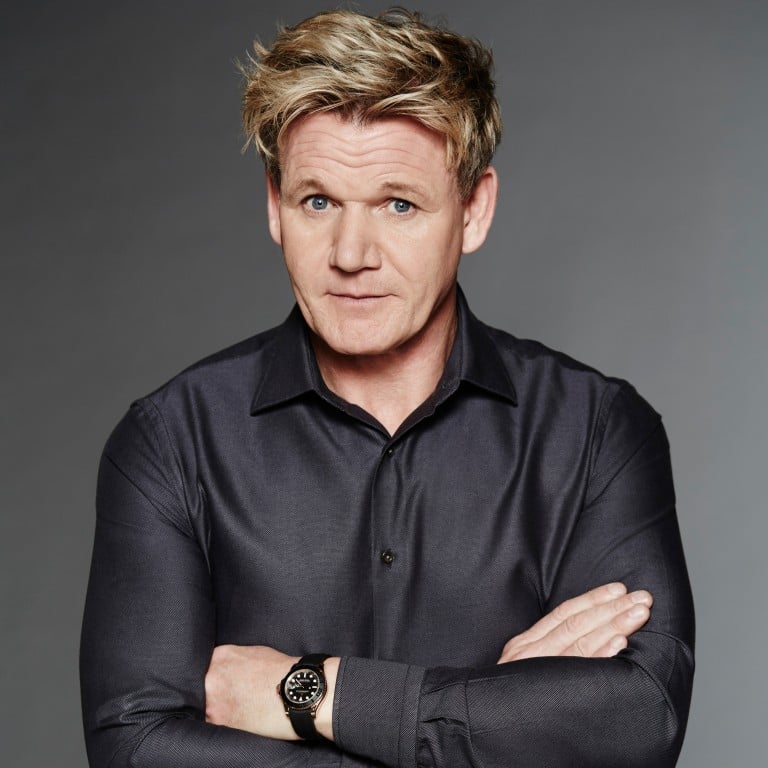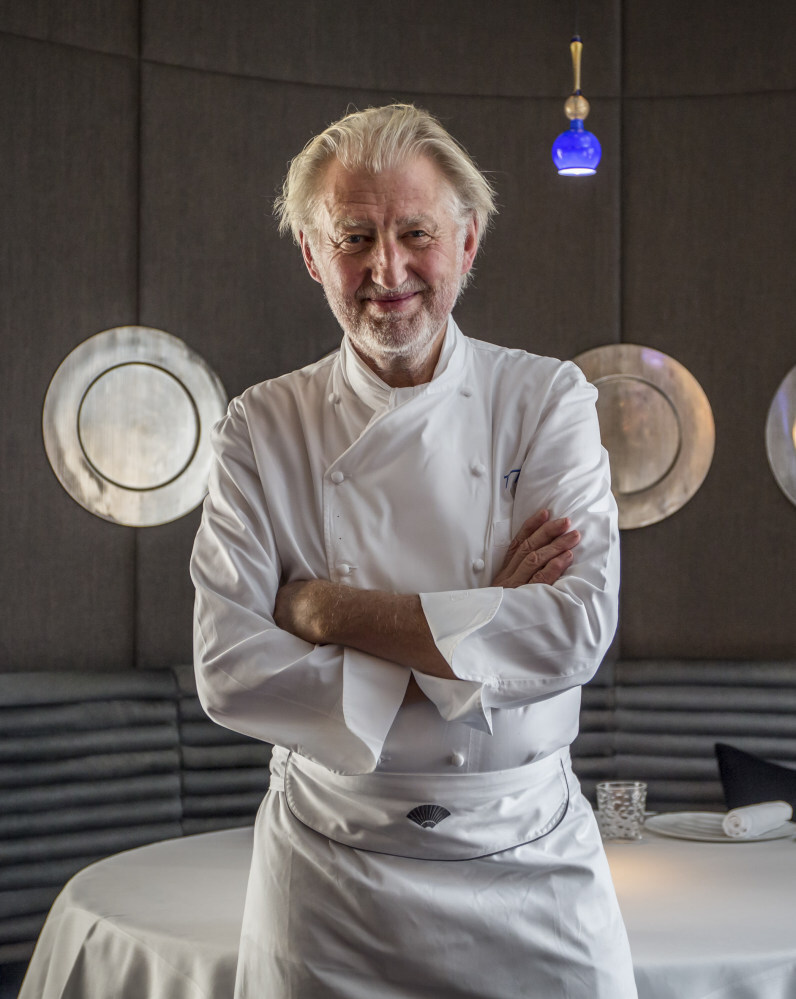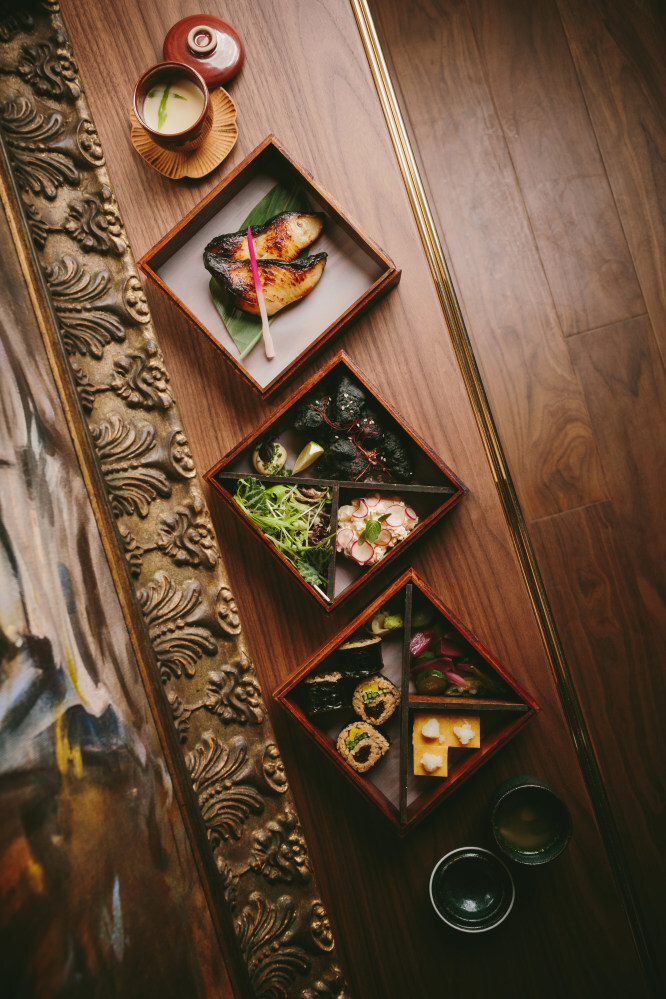Is the age of the celebrity chef over? Jamie Oliver, Nobu and Gordon Ramsay all quit Hong Kong – so what’s next for high-end restaurants?

One casualty of Hong Kong’s food and beverage scene over the past few years has been the demise of the celebrity chef. Only a few years ago, the most famous culinary names in the world had restaurants in the city: Gordon Ramsay, Nobu Matsuhisa, Alain Ducasse, Pierre Gagnaire, Jamie Oliver, Jason Atherton, Tom Aikens, Akrame Benallal, Yannick Alléno, Judy Joo … the list goes on.
And although the blame for this exodus could reasonably be laid on the civil unrest on our streets two years ago, the Covid-19 pandemic and other economic factors, it’s also equally plausible to conclude that the allure of the celebrity chef might have run its course.

“The reason [celebrity chefs] rushed to Hong Kong was there was a period of time when the city had the most amazing [profit] margins,” says Maximal
Concepts co-founder Matt Reid. “Staff costs were low but the average cheque was above New York and London – rents have always been a nightmare in Hong Kong, but the margins were great. However, in a short space of time, staff costs doubled. So there was this halcyon period when all these chefs came, but it is over.”
15 new restaurants to try in Hong Kong this month
Does this mean the celebrity chef is now a thing of the past – gone in favour of more approachable restaurant concepts?

It would seem so. Take the recent opening of Maximal Concept’s modern izakaya restaurant The Aubrey, at and in collaboration with Mandarin Oriental Hong Kong. A concept eatery, it immerses the diner into a world of early 19th century Japonisme, as seen through the eyes of Oscar Wilde’s illustrator Aubrey Beardsley, and takes up the spot once occupied by the world-renowned chef Pierre Gagnaire’s eponymous French fine dining restaurant. The Aubrey is markedly different, offering various “rooms” for drinks, dining and even lounging for those who want to work or shop on their computers or phones.
Maximal Concepts has successfully dabbled in concept eateries in the past, and its popular modern Chinese brand Mott 32 has branches across the world, with more opening soon. The restaurant celebrates the street in New York where the city’s first Chinese store opened in 1891, and which went on to become the nucleus of Chinatown in the Big Apple.

According to Michael Groll, director of food and beverage at Mandarin Oriental Hong Kong, the decision to move away from the idea of the celebrity chef to something new was a combination of several factors.
“There was a lot of discussion and options being looked at over a couple of years,” explains Groll. “I don’t think the discussion from the start was to go away from the celebrity chef and toward a concept – it was a combination of many factors. We worked with Pierre Gagnaire successfully over the past 14 years. It was a more traditional celebrity chef model but we could do other ideas, with less emphasis on the chef and more on the concept.”
Summer zest: why Mediterranean is Hong Kong’s hottest foodie trend

The city’s concept restaurants have been evolving for several years now. Successful ones opened by Dining Concepts, such as Dear Lilly – inspired by a love letter from the first world war – and Iron Fairies – resembling a blacksmith’s shop – created compelling backstories through the eyes and mind of designer Ashley Sutton, offering something completely different to diners and the after-work crowd alike.
Sandip Gupta, co-founder of Dining Concepts, and also co-founder of the newly established S&S Hospitality – who partnered with Gordon Ramsay and still has celebrity chefs including Spiga’s Enrico Bartolini and Monsoon’s Will Meyrick on its books – says: “A celebrity chef-driven restaurant will always incur additional costs in terms of sign-up cost, franchise fee, set-up and other related costs. However, if we can combine our local expertise with a great culinary vision by a celebrity chef, you have something special. Guests and followers would come to the restaurant for the experience and the additional costs would be worth the investment.

“At the end of the day, like any other business, it needs to be commercially viable in order to be sustainable and thrive in the long run.”
He continues: “Any concept that can define its niche and hit the right chord in respect of product and location, value for money, together with a great team, would do well and be trend setting.

“Dragonfly, for instance, is a brilliantly designed, Instagrammable cocktail lounge by Ashley Sutton, transporting guests to the late 19th century with a style and feel that magically brings back the art nouveau era.”
There are many other avenues to success without having a celebrity chef helming the kitchen. Hong Kong’s private members’ restaurant Cipriani, for instance, has been serving authentic Italian home-made food for almost 20 years, meticulously replicating the recipes of the famous Harry’s Bar in Venice it is based on.
How molecular mixology is shaking up Hong Kong’s bar scene

While some of the city’s most popular new openings rely on younger emerging talents, Whey, for instance, is a new collaboration between Hong Kong-based ZS Hospitality Group – the company behind two-Michelin-starred Ying Jee Club – and Singaporean chef Barry Quek, former head chef of Beets. By using local and seasonal ingredients, it’s widely praised for its modern European cuisine fused with Singaporean influences.
Reid also believes it is the new normal that is now dictating how restaurants are conceived, designed and operated. “We have decentralised the way we work, which means we now want spaces where we can sit and have a meeting with a laptop. People want that versatility of space because it matches this change in the way we live.”
Want more stories like this? Sign up here. Follow STYLE on Facebook, Instagram, YouTube and Twitter.

- Star chefs have been leaving Hong Kong in droves in recent years – from Alain Ducasse and Pierre Gagnaire to Tom Aikens and Judy Joo
- Restaurants are instead embracing Instagram-friendly dining concepts – Pierre Gagnaire’s eponymous French restaurant was replaced by celeb-less Japanese izakaya The Aubrey